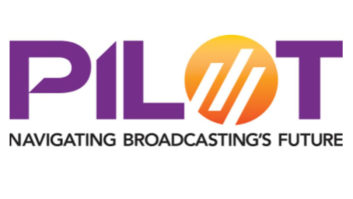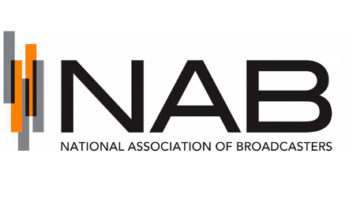The NAB is giving its support to several proposed changes to U.S. radio technical rules. But it opposes one change that it thinks would undermine interference protections.
The Federal Communications Commission in July adopted a Notice of Proposed Rulemaking that identifies seven technical rules it wants to eliminate or revise. As we’ve reported, various engineering observers who commented to Radio World have said they see these changes as beneficial.
Now the National Association of Broadcasters has weighed in.
It asked the FCC to stipulate that rule changes will not cause existing stations to be in violation and that any stations adversely affected should be grandfathered to avoid being forced to modify operation.
With that caveat, NAB supports most of the proposed changes: It said the FCC should eliminate the maximum rated power limit for AM transmitters; clarify and harmonize the definition of NCE-FM community of license coverage; harmonize the second-adjacent channel protection requirement for Class D FM stations; eliminate protection of mid-band common carrier operations in Alaska; and modify the definition of “AM fill-in area.”
But it also identified a few areas of potential concern.
It wants the FCC to grandfather the operation of any stations near the Canadian or Mexican borders that may become short-spaced or otherwise non-compliant as a result of the changes. Also it said the commission should clarify how distance figures in the rules regarding cross-border stations are to be calculated.
Last, NAB laid out an argument for why the FCC should not eliminate the regulatory requirement to consider “proximate” transmitting facilities.
In that proposal, the commission wants to eliminate a rule that says applications proposing the use of FM transmitting antennas in the immediate vicinity (60 meters or less) of other FM or TV broadcast antennas must include “a showing as to the expected effect, if any, of such approximate operation.” The FCC thinks this is unnecessary because broadcast radio antennas in this situation are unlikely to create interference problems if otherwise compliant. It calls the rule seldom-used and says it rarely prevents interference.
NAB disagreed and says the requirement provides an important legal tool for defining interference protection rights.
It said the rule helps to ensure that intermodulation distortion products are not generated and radiated as a result of a newcomer station collocating, or nearly collocating, with existing stations. It said IMD is a common outcome of collocation, particularly when an FM collocates with other FMs or Channel 6 stations, and that it can cause interference to other stations as well as aviation and land-mobile, including public safety.
“It is critical that such interference is anticipated, considered and corrected prior to the commencement of regular broadcasting,” it told the commission. “NAB believes that eliminating the rule is tantamount to instructing applicants not to worry about the potential effects of their operation on existing stations.”
Eliminating the rule could also muddy whether a newcomer station is responsible for correction. “A policy does not carry the same weight as a rule, and NAB believes that Section 73.316(d) provides important legal ‘teeth’ to its longstanding, but uncodified, policy with regard to the responsibility of newcomer stations to correct any problems they create.”
NAB believes the commission needs an enforceable rule codifying its “last in time, first in responsibility” policy.











